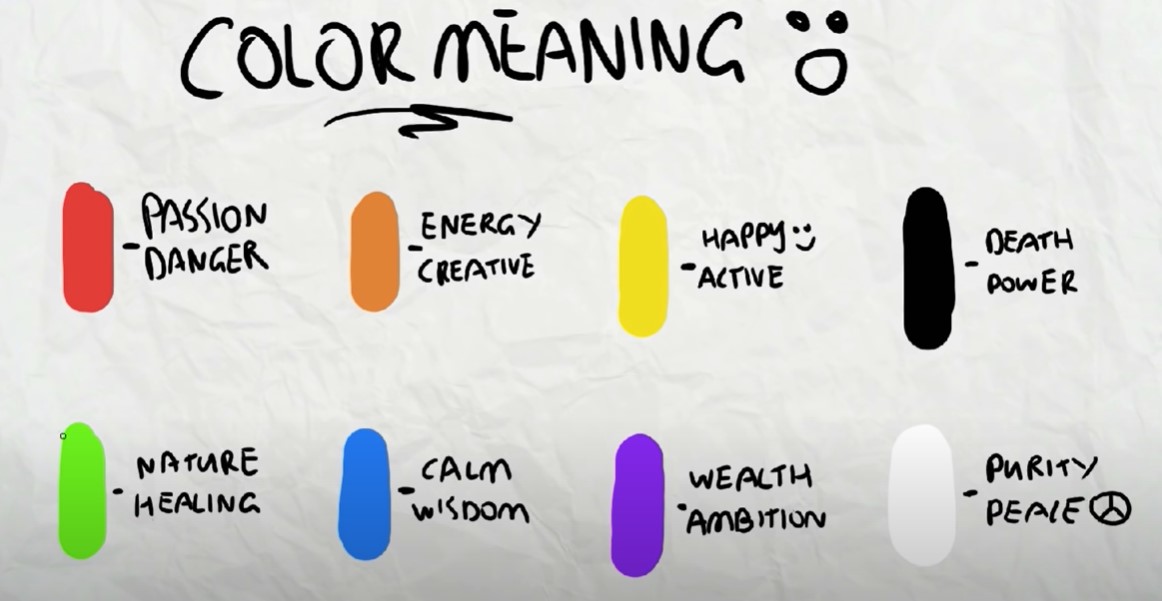The colour theory concept is the research of just how colours interact and exactly how they can be used to develop visual passion as well as significance in art and also style. It includes a large range of concepts and also concepts, consisting of:
The colour wheel: A visual representation of the partnerships between colours, generally divided into main, additional, and also tertiary shades.
Shade consistency: Using colours in a manner that is pleasing to the eye. Various shade consistencies, such as complementary or similar colours, can create a different state of mind as well as sensations.
Colour importance: The way that shades can stimulate specific emotions or organizations. For example, red can signify interest or risk, while blue can symbolize calmness or despair.
The physical as well as emotional impacts of colour: The way that colours can affect our emotions as well as perceptions. As an example, warm shades like red as well as orange can produce a feeling of excitement, while awesome shades like blue and also eco-friendly can create a feeling of calmness.
The use of shade in various tools: Just how shades can be made use of in different tools like painting, digital photography, visual layout, and also haute couture.
Shade theory additionally consists of the use of shades in different societies and just how colours are viewed in different ways based on culture, context as well as individual assumption.
Generally, colour theory is a facility and multi-faceted field that aids musicians and also designers to understand as well as utilize colour successfully in their job
To explain the colour wheel:
A colour wheel is a graph of the relationships between colours. It is typically divided right into main colours (red, blue, and also yellow), additional colours (eco-friendly, orange, as well as purple), and tertiary colours (red-orange, yellow-orange, yellow-green, green, blue-purple, as well as red-purple). The colours on the wheel can be used to develop a palette, such as complementary or similar colours, and to recognize exactly how colours engage with one another.
You can see in the post photo each colour and what it means so you can understand how each industry can benefit of it when creating their brand colors and logos
